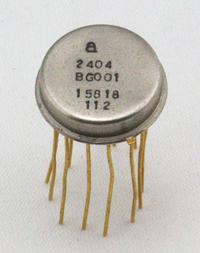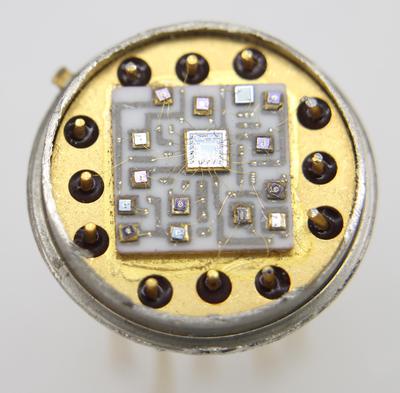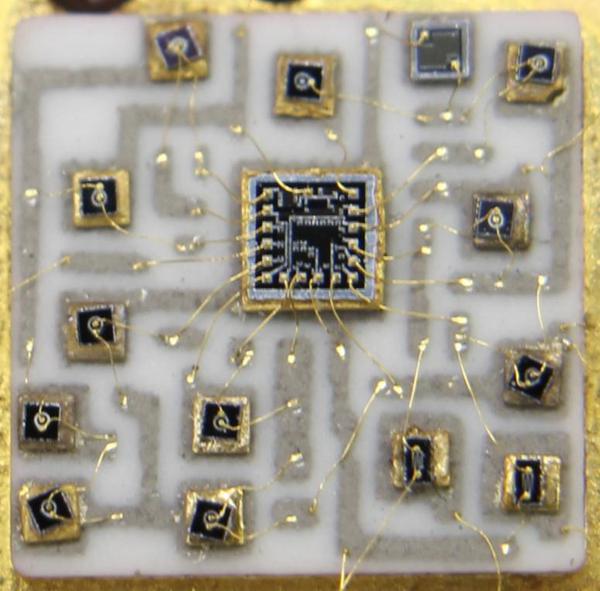Winston
Lorenzo von Matterhorn
- Joined
- Jan 31, 2009
- Messages
- 9,560
- Reaction score
- 1,749
Computer History at Lawrence Livermore National Laboratory 1950-1983 - UNIVAC LARC, IBM, CDC, CRAY
Cray XMP "supercomputer" at LLNL in 1983:
Clock: 117 MHz
Memory: 250 megabits
Power use: 300 kilowatts
942 MegaFLOPS
Cost: $15 million in 1984 dollars ($37 million in 2018 dollars)
AMD Ryzen 7 2700X in 2018:
Clock: 3,700 to 4,300 MHz
Power use: 65 watts
127.79 GigaFLOPS (127,790 MegaFLOPS)
Cost: $320
This 1983 film created by Lawrence Livermore National Laboratory (“LLNL”), gives a fascinating and concise history of its computer developments both as a purchaser of early computers and a co-designer of many early technologies, from the early 1950’s up to 1983 (where the film ends). The Lab continues to be a leader in science in technology today. This film has been slightly restored and enhanced to improve view ability. Narrator, Dr. John Fletcher, provides a fascinating chronological walk through historical implementations of computing technology, especially with regard to Livermore’s role in computer design, and the establishment of its “Octopus” computer network. Highly recommended viewing for anyone interested in computer history. Uploaded by Mark Greenia, for the Computer History Archive Project.
Computers mentioned include: UNIVAC 1, Univac LARC, IBM 7030, IBM 7090 & 7094, CDC 1604, CDC 3600, CDC 6600, Cray XMP and many others.
Cray XMP "supercomputer" at LLNL in 1983:
Clock: 117 MHz
Memory: 250 megabits
Power use: 300 kilowatts
942 MegaFLOPS
Cost: $15 million in 1984 dollars ($37 million in 2018 dollars)
AMD Ryzen 7 2700X in 2018:
Clock: 3,700 to 4,300 MHz
Power use: 65 watts
127.79 GigaFLOPS (127,790 MegaFLOPS)
Cost: $320
This 1983 film created by Lawrence Livermore National Laboratory (“LLNL”), gives a fascinating and concise history of its computer developments both as a purchaser of early computers and a co-designer of many early technologies, from the early 1950’s up to 1983 (where the film ends). The Lab continues to be a leader in science in technology today. This film has been slightly restored and enhanced to improve view ability. Narrator, Dr. John Fletcher, provides a fascinating chronological walk through historical implementations of computing technology, especially with regard to Livermore’s role in computer design, and the establishment of its “Octopus” computer network. Highly recommended viewing for anyone interested in computer history. Uploaded by Mark Greenia, for the Computer History Archive Project.
Computers mentioned include: UNIVAC 1, Univac LARC, IBM 7030, IBM 7090 & 7094, CDC 1604, CDC 3600, CDC 6600, Cray XMP and many others.

















